What WNY Schools Can Learn From Seaford School District
Top Takeaways From a Literacy Learning Trip with Kareem Weaver & Fulcrum
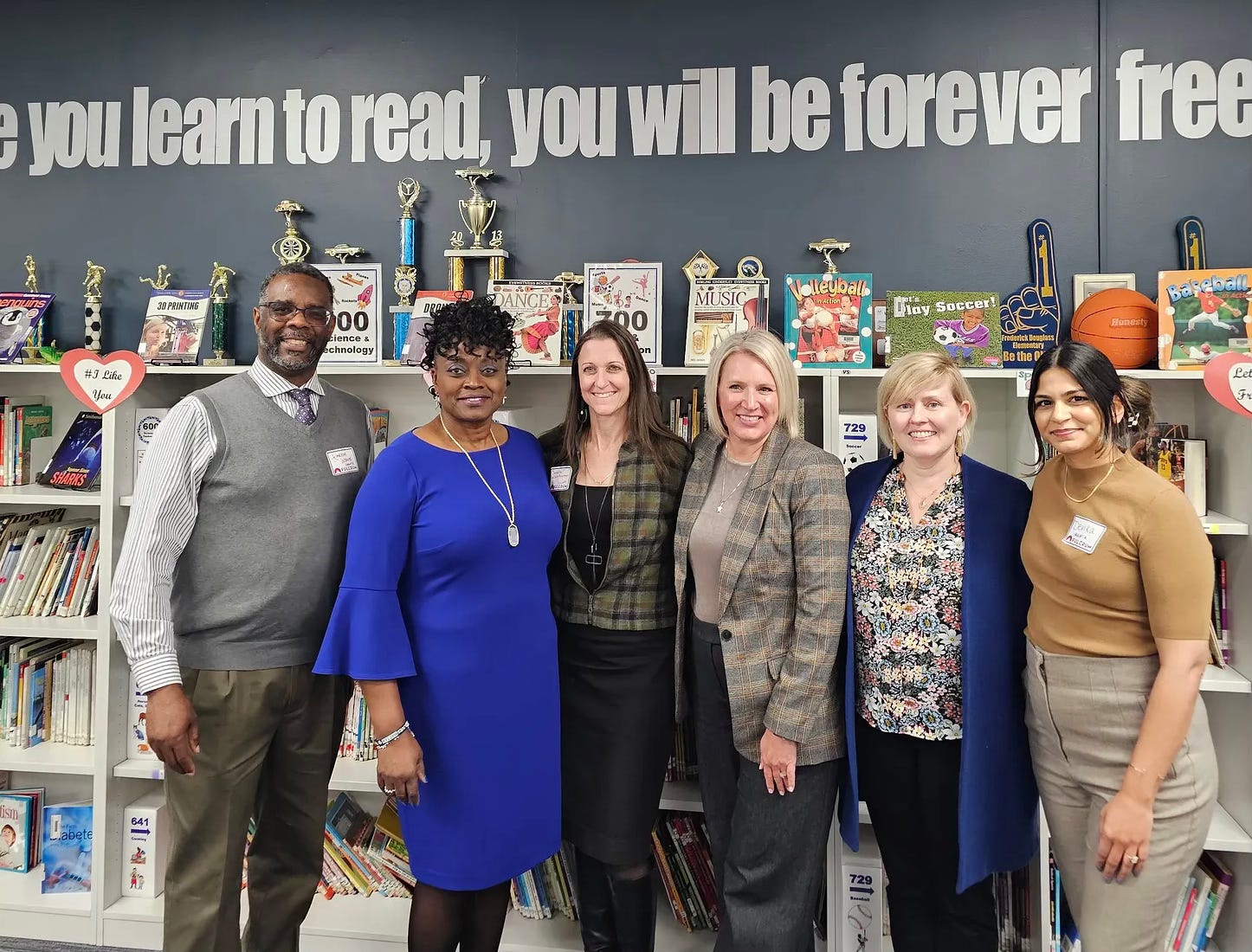
A few weeks ago, Kareem Weaver and his literacy non-profit FULCRUM took over 40 education leaders from across the country on a “Literacy Learning Walk” in Seaford, Delaware. WNY Education Alliance was privileged to attend, and we invited school and community leaders from three Western New York districts to come learn with us, including Dr. Tina Schultz, a community & education leader in Niagara Falls School District, Sandra Galbato Kunsman, Executive Director of ELA and Reading, K-12, in the Rochester City School District, and Rebecca Farwell, Director of Curriculum, Instruction and Assessment in the Dunkirk City School District.
WHY SEAFORD SCHOOL DISTRICT?
Seaford, Delaware might sound familiar to you if you listen to the Extraordinary Districts podcast from the Education Trust, hosted by Karin Chenowith. Karin covered the success of the Seaford School District here and here. You might have also read this great piece in The 74 Million from their Director of Instruction at the time, Kelly Carvajal Hageman.
Seaford went from last in the state to one of the best. As Carvajal Hageman says:
In 2015, of 19 school districts in the state, Seaford was dead last in every single category and subgroup. Out of all the districts in Delaware, students in our district were least likely to meet Common Core expectations in the 2014-2015 academic year. We weren’t just a “focus school” — we were dangerously close to being taken over by the state.
Today we’re one of the highest achieving districts in Delaware as measured by English Language Arts state testing results. All subgroups of students (including ELs and students receiving special education services) had impressive gains in student achievement.
This success continues today, and Seaford boasts 10 years of data showing that districts can shift to evidence-based curriculum and instruction and that it can be sustained…for all subgroups of students.
Let me repeat that: Seaford is successfully teaching all subgroups of students how to read, including English language learners, dyslexic kids, and economically-disadvantaged kids.
HOW DID SEAFORD DO IT?
It’s one thing to read about how Seaford achieved literacy success for their students, but there is nothing like seeing it for yourself - and that’s exactly what we did on our “Literacy Learning Walk.” As Kareem says, “very few have actually seen examples of success; plans are usually based on theory, training, and personal / professional preference.”
So how did Seaford go from the bottom in the state to the top?
2015: Seaford made the decision to dive into professional learning: “specifically to build our understanding about the science of reading. First, we worked to develop a shared understanding among school leaders”
2016: Seaford implemented the Bookworms K-5 Reading & Writing Curriculum, authored by the University of Delaware’s Dr. Sharon Walpole.
2017: Redistricting: the school district redrew their lines for social and economic integration.
2018: Data continues to improve; Seaford owns where they were, where they are and where they want to go. Covid was a set-back, but they know they’ve achieved success before and can do it again. Admin tells us: “We are a data district.”
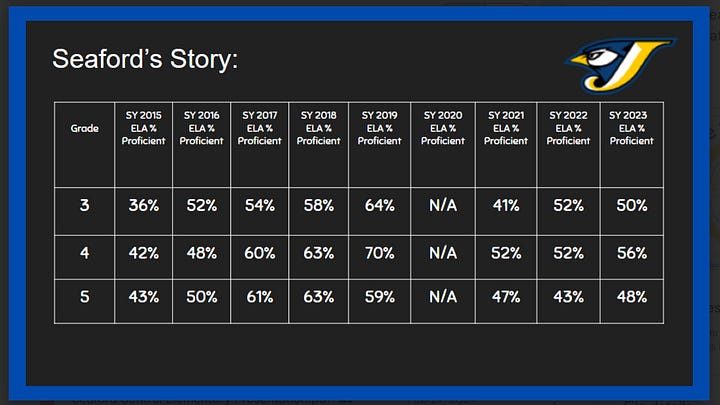
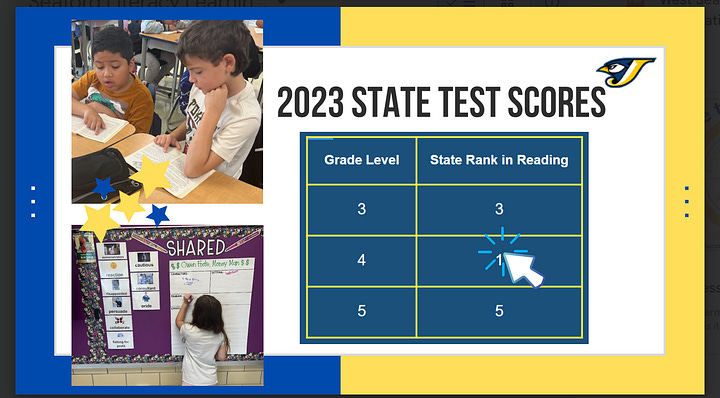
LEADERSHIP. COACHING. CURRICULUM. CULTURE.
This is it. The recipe.
Leadership: Seaford school leaders offered strong, consistent leadership and learned alongside their teachers (from one of the admin on our visit: “the principals have to immerse themselves in the PD”)
Coaching: The University of Delaware has a professional development center whose mission is to provide support for districts. School districts contract with them and receive the evidence-based coaching for Bookworms that they need. Everything is aligned between higher education and K12 (this alignment is sorely needed in NYS!):
First, we provide training in districts and schools so teachers can start strong. Next, we provide coaching for teachers, instructional coaches, and district and school leaders as they refine their understanding of the program. This combination of training and then coaching is a powerful system for building both teacher confidence and student achievement.
Curriculum: The Seaford School District chose to implement high quality instructional materials (HQIM) through the evidence-backed curriculum, Bookworms. It was a curriculum that worked with their system - daily / weekly planning time - and their union partners. Anecdote: when asked how things are currently going with their teachers union, the administration responded that the last three meetings were cancelled because there weren’t any issues.
Culture: This is an intangible, but one that proved important as one of our takeaways. It circles directly back to leadership and creating an environment in which teachers believe that all kids can read - and are given the tools and knowledge to ensure it. The leaders at Seaford created a culture that was child-centered in which high expectations were held for students and teachers.
SEEING IT WORK IN THE CLASSROOM
Our meetings with Seaford administrators at all levels was extremely informative but seeing the work done in classrooms was powerful. The group that I was in toured West Seaford Elementary Schools, which is K-2, and Frederick Douglass Elementary, which is 3-5.
Our observations:
Consistent alignment and practices across classrooms and grades
The number of support staff pushing in: a social construction as well as an academic construction; “they don’t have to leave to learn”; “I became part of their community, instead of them becoming ‘different.’”
Consistent routines & high expectations
Stewardship of time: not one instructional minute lost
Each classroom has a writing center
Lots of time spent in rich, whole text:
Bookworms incorporates more than 265 whole books instead of the shorter reading passages that are often found in other curricula. Furthermore, the importance of oral language development is a consistent thread present in all Bookworms lessons.



Our “Literacy Learning Walk” in Seaford was invaluable professional development. As Dr. Walpole says, “Change takes a long time, but achievement can happen.” Schools must set up the conditions for success: leadership, coaching, curriculum, and culture.
I’m confident that the leaders from Western New York that accompanied me on this journey will take back what they’ve learned and put it to good use in their own districts! On that note, I’ll leave you with the words of one of these leaders, Rebecca Farwell, Director of Curriculum, Instruction and Assessment in the Dunkirk City School District:
I recently had the privilege of visiting Seaford, Delaware Schools to learn about their remarkable literacy program. The experience was enlightening and filled with affirmations about the transformative power of effective leadership and a united school community.
One of the most striking lessons from Seaford was the importance of leadership working as a cohesive team. At Seaford, the leadership team operates like a family, fostering a culture where every member is invested in the success of the students. This unity creates a powerful force driving the school towards excellence.
A key element of Seaford's success lies in their commitment to professional development and clear expectations. By providing ongoing support and training, they empower their educators to excel and continually improve their practice. This investment in professional growth translates directly into improved outcomes for students.
What truly sets Seaford apart is the pervasive culture of collective responsibility for literacy. From the superintendent to the support staff and the board of education, everyone understands that literacy is not just the responsibility of teachers, but of the entire school community. This shared commitment creates an environment where every individual contributes to the success of every student.
Reflecting on my experience in Seaford, I am inspired by their example and filled with hope for the future of our own district.
REMINDER: DR. ANTONIO FIERRO PRESENTING AT OUR NEXT WNY LIT MEETING - 3/13 - 6PM!
Teachers of English Language Learners / Multi-Lingual Learners:
Please join us for the next FREE virtual professional development opportunity of WNY LIT: Literacy Instructors Together! We are thrilled to welcomed Dr. Antonio Fierro, recognized national literacy leader and Vice President Academics and Professional Learning, 95 Percent Group LLC, who will be presenting on:
"Helping Minimize the Cognitive Workload of the English Learner: An Overview Along with a Special Focus on Cross-Linguistic Connections"
Please register here or scan the QR code below.
Thanks for reading - and please reach out if you would like to learn more about the work in Seaford!
Tarja




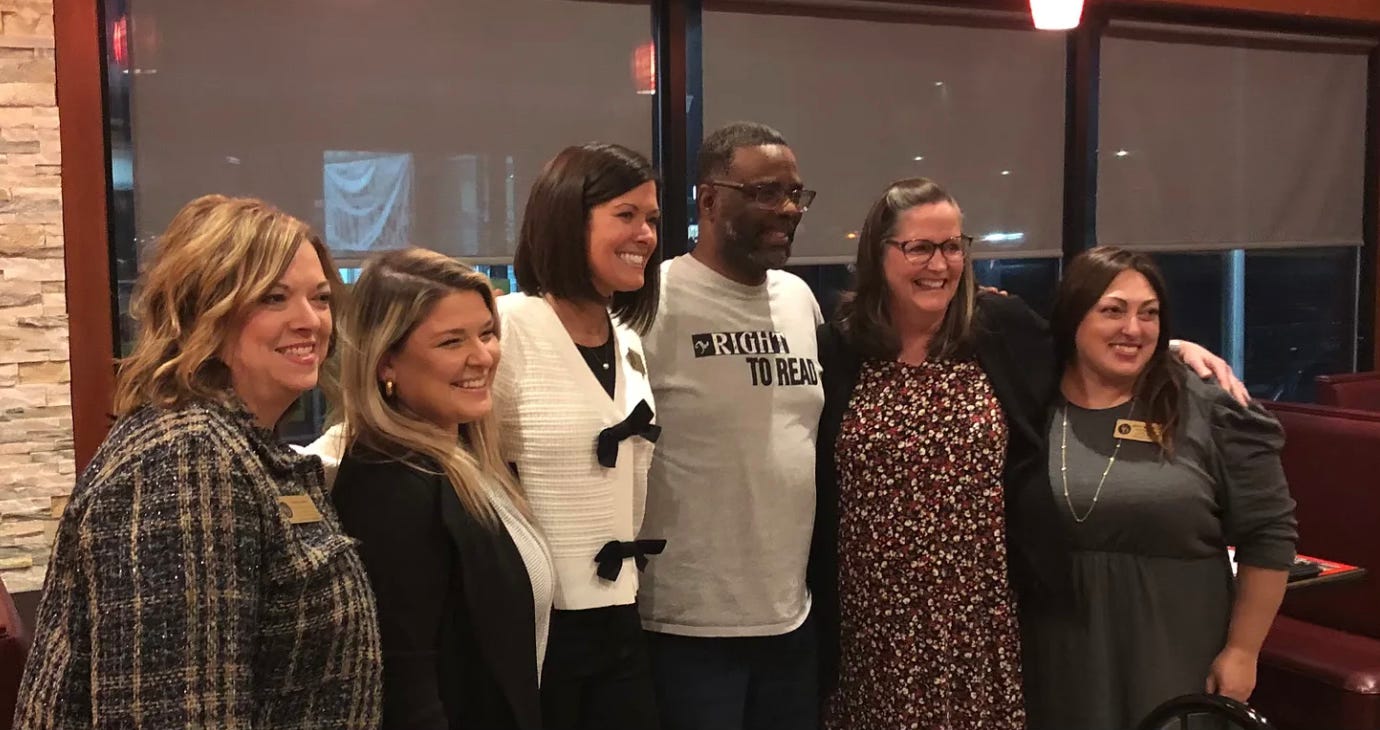
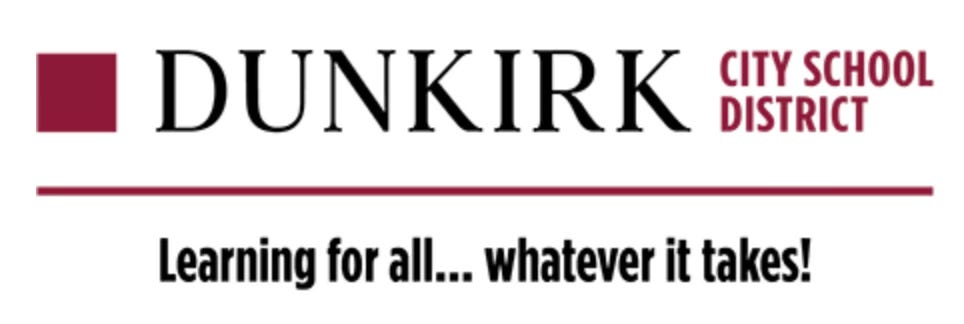
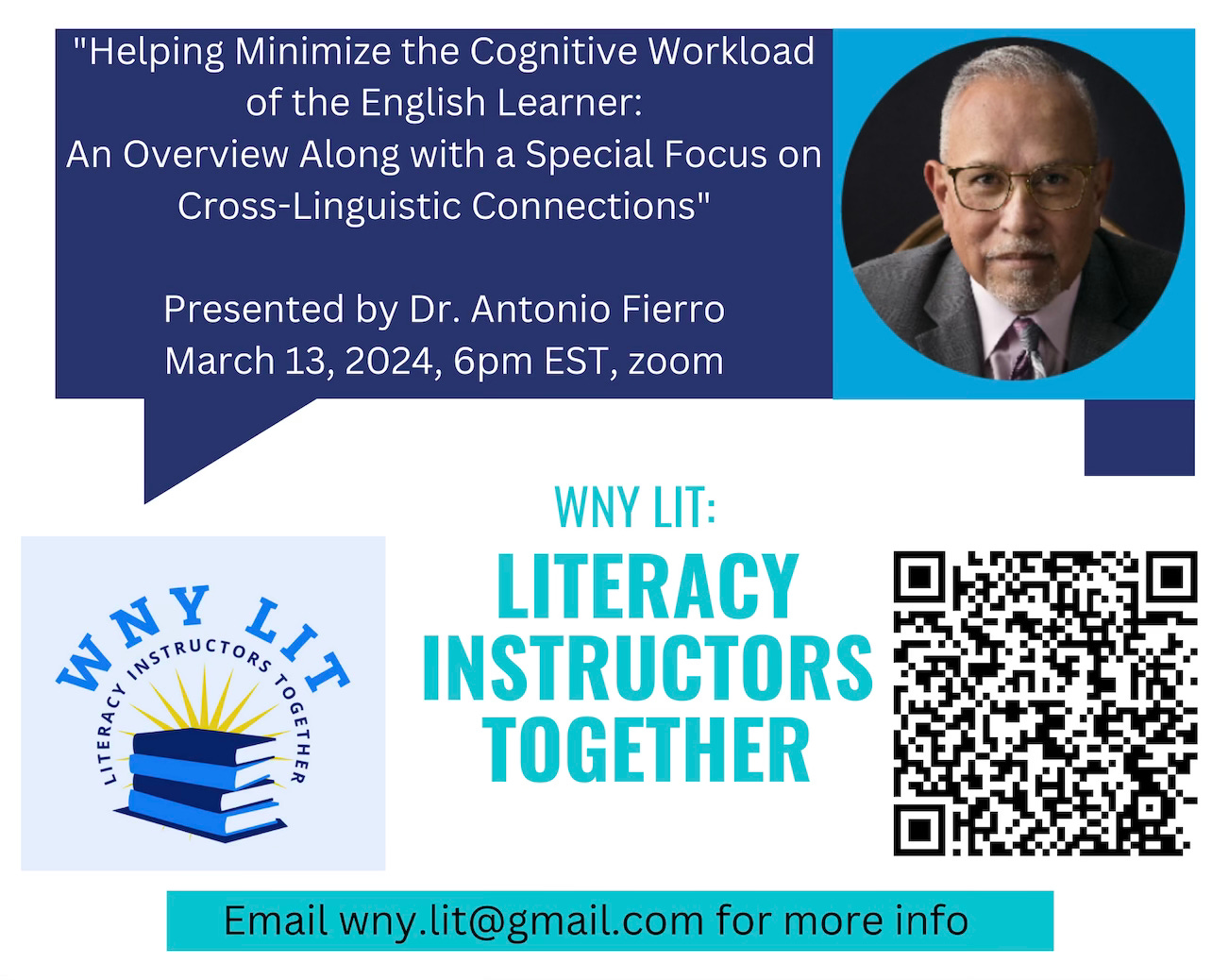
We're already thinking about the next trip. But this one will be hard to forget. Wow. Thank you for writing about it. We're also working to produce a video of the reflections. It can be done!
FYI, after you left, we went to nearby Millford School District. They are in year 3, I believe, of their journey. Same goal. Fewer support staff. Same curriculum. Just as impressive. Thank you for your leadership and for loving kids and the educators who serve them - enough to actually SEE what works instead of depending on theoretical guessing games, slick marketing, and personal preference.
It was also great to meet the Maryland President of the NAACP, Rev Kobi Little, and hear him explain how literacy is a civil rights issue.
Forward!